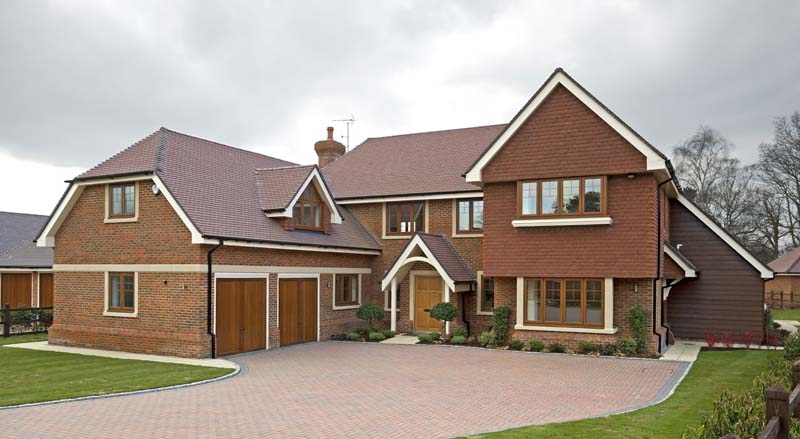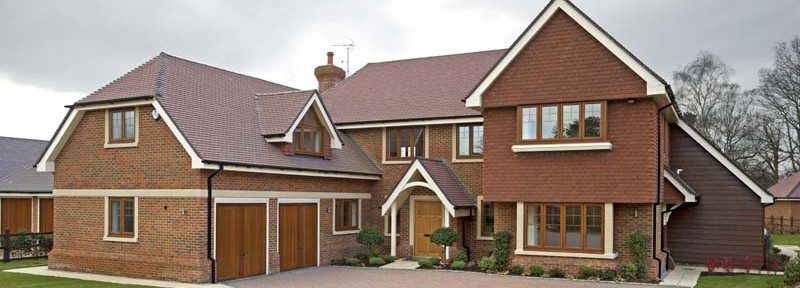
Building your own home is now meant to be easier than ever. The government has unveiled its Right to Build campaign to promote self-building as a more affordable way and cost-effective way to provide a family home. Unveiled by planning minister Nick Boles earlier this summer, Right to Build encourages would-be self-builders to work with specialist designers to custom build their property and to dramatically increase the 10,000 homes currently built this way each year.
But what about finding the right plot for the home of your dreams in the first place? With brownfield sites, garden plots and demolition sites to choose from – and obtain planning permission for – the process can be daunting. Carol Parry, marketing manager at oak frame designers and builders Welsh Oak Frame, says: “There are so many different types of plot available, from brownfield sites to agricultural dwellings, and how easily you can gain planning permission will usually depend on the type of plot you choose.” Luckily, Welsh Oak Frame has the following advice!
ÔÇ£ Brownfield sites
In urban areas, the government positively encourages building on these sites. If you’re looking at a rural site, despite the existence of countryside protection policies, you may still achieve planning permission if you’re planning to replace an unwelcome existing building, which may be unsightly.┬á
Self-builder projects
Some councils are now embracing self-build projects with available land specifically for this purpose, so check whether your local council offers this by contacting their planning policy department.
Garden plots
Planning departments tend to look at these plots favourably ÔÇô make sure your proposal is within the settlement boundaries. Your new build will need to be sympathetic in design to the surroundings and not create an obstruction to neighbours, such as loss of light. At Welsh Oak Frame, our teams excel at designing character-filled, stylish homes that are in keeping with other properties in the area.
Demolition locations
We find many of our clients buy a plot of land with an existing home, which they then knock down to replace with a luxury oak frame structure. However, make sure the existing property isn’t listed. And if you’re buying in a rural location where the existing house has not been occupied for some years and it’s derelict, this space will be seen as open countryside by planning departments. If the existing property is smaller than your needs, check the size your council’s planning department will allow, as the increase may not be big enough for your needs.┬á┬áÔÇØ
Other countries are well ahead of the UK in terms of the number of self and custom-built houses compared to homes built by regular developers. In Austria about 80% of all homes are self-built whilst in Germany, France and Italy the figure is about 60%. In the US and Australia about 40% of homes are self-built yet in the UK just eight to 10% of homes are custom-built.
A 2013 survey by Ipsos Mori on behalf of what is now the National Custom and Self Build Association (NaCSBA) found that one in eight Brits planned to research how to build a home for themselves in the following 12 months and that around one in 50 planned to buy a building plot, obtain detailed planning consent or start construction work.
Welsh Oak Frame, based in Caersws, Powys, has more than 20 yearsÔÇÖ experience in designing and building oak frames for self-build homes and recently won the prestigious Best Use of Oak Frame in the Build It awards.
 
